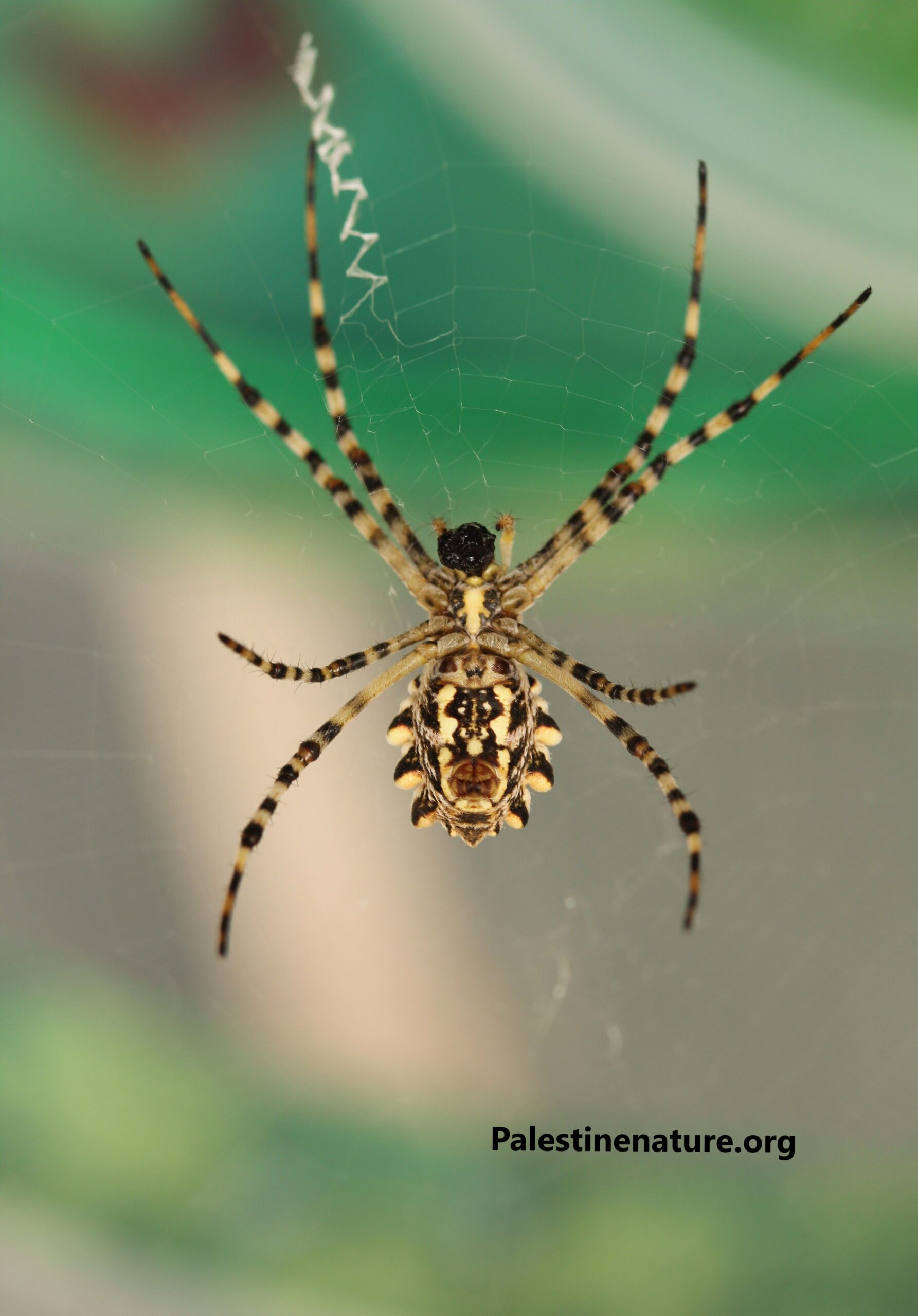Across centuries and cultures, humanity has exhibited a complex relationship with spiders, those often-maligned invertebrates that dwell in the shadows of our homes and gardens. When faced with the question of whether killing a spider is an act of animal cruelty, we uncover a multifaceted dilemma that transcends mere personal aversion. It compels us to reevaluate our perceptions of animal rights, particularly concerning creatures that elicit fear or repulsion.
At the heart of the discussion lies the concept of sentience. While spiders possess far different neurological structures compared to mammals, a growing body of research suggests that they may experience pain and possess primitive forms of consciousness. Spiders are equipped with a rudimentary nervous system that enables them to react to stimuli and engage with their environment. A potpourri of studies indicates that certain invertebrates exhibit behavioral adaptations conducive to survival, suggesting an ability to feel distressed when subjected to potential threats. The ethical ramifications of this discovery are profound, prompting a reevaluation of our historical disdain and philosophical stance toward these eight-legged creatures.
Moreover, the ecological importance of spiders cannot be overstated. They serve as both predator and prey within the intricate web of food chains. A single spider can consume thousands of insects over its lifetime, playing a pivotal role in controlling pest populations. Thus, the elimination of spiders can inadvertently lead to ecological imbalances, resulting in an upsurge of diseases and crop destruction caused by unchecked insect populations. Such observations lend credence to the notion that our impulse to kill spiders lacks a thorough understanding of the larger consequences at play.
A common observation is that the reaction to spiders is often visceral, triggered by a primal fear deeply ingrained in human consciousness. This fear of the unknown—culled from legends and myths that paint spiders as harbingers of bad luck and menace—has been nurtured over generations. Consequently, the image of the spider transforms from that of a complex organism with a role in its ecosystem to a symbol of irrational terror. It is in this cultural framework that we must dissect the rationale behind extermination. Disliking spiders does not automatically validate the act of destruction, but rather underscores an emotional response needing introspection.
Alongside this analysis of ecological importance and cultural aversion, we must explore the burgeoning discourse on invertebrate rights. There exists a significant schism between vertebrate and invertebrate welfare in contemporary philosophy—a phenomenon largely attributable to anthropocentrism. While the rights of mammals are often championed, the plight of invertebrates remains relatively overlooked. The ethical consideration to extend compassion toward all sentient life has inspired movements advocating for the limitation of harm against invertebrates which include spiders.
How does one reconcile a fear that feels instinctual with an ethical framework that demands respect for all living beings? The answer lies in education and exposure. Engaging with spiders in a controlled environment can dispel myths and fears, transforming spiders from the antagonists of our nightmares into subjects of fascination. Observation fosters understanding—much like how schools of fish mesmerize those who dare to look beneath the surface. Each delicate silk thread spun by a spider reveals a testament to nature’s ingenuity and intricate design.
Moreover, an emphasis on coexistence can promote empathy. Instead of viewing spider encounters as a death sentence for the arachnid, imagine alternatives — a gentle relocation rather than extermination. Practices like catch-and-release allow humans to interact with their environment responsibly without resorting to cruelty. Such methods not only honor the life of the spider but also affirm our commitment to ecological stewardship and invertebrate rights.
Inordinate levels of biodiversity exist within the ecosystems where spiders thrive. Their mere presence evokes a natural order that supports life in myriad forms. Thus, killing a spider does not simply represent an isolated act of violence— it reverberates across the very foundations of biodiversity and ecological health. The moral imperative to protect even the smallest invertebrates is underscored by the recognition that our human existence is inextricably linked with the health of our ecosystems.
Moreover, the relationship we forge with spiders serves as a mirror to our broader interactions with the environment. If we choose to engage with nature through compassion rather than fear, we cultivate a more harmonious existence with all organisms, regardless of stemming from the vertebrate or invertebrate kingdom. We must ponder: is our aversion rooted in an innate understanding of their value or merely a manifestation of unfounded terror? In seeking answers, we deepen our connection to the natural world.
In conclusion, the act of killing a spider carries significant implications for our understanding of animal cruelty. It extends beyond a mere aversion to an examination of species rights, ecological responsibility, and our intrinsic relationship with nature. It compels us to advocate for an ethical stance towards all creatures, regardless of their capacity for emotional perception. Even invertebrates like spiders possess intrinsic worth, deserving of respect and consideration. It is essential that we engage thoughtfully and compassionately with all forms of life, recognizing that even the smallest of beings contribute to the larger tapestry of existence.








